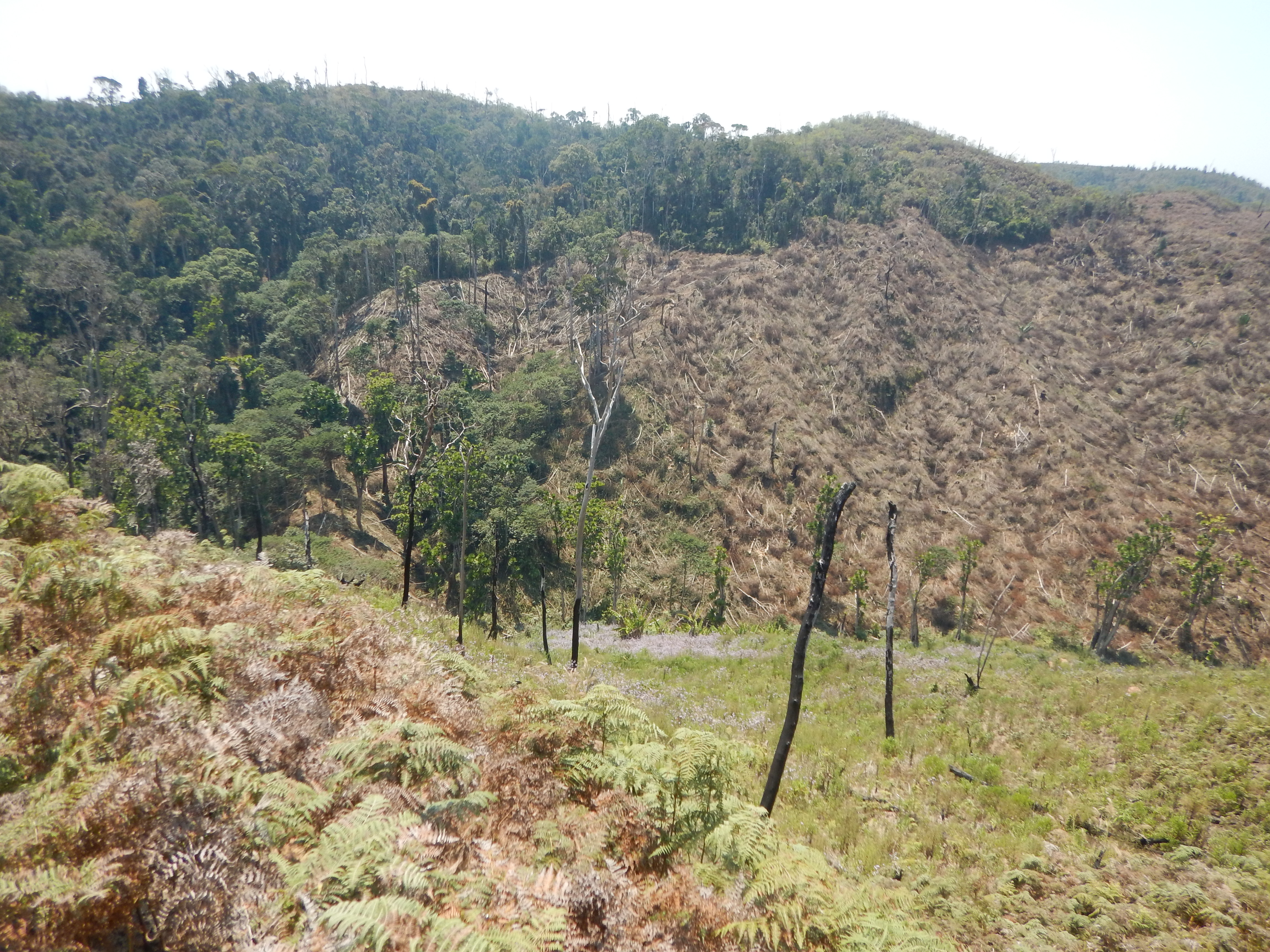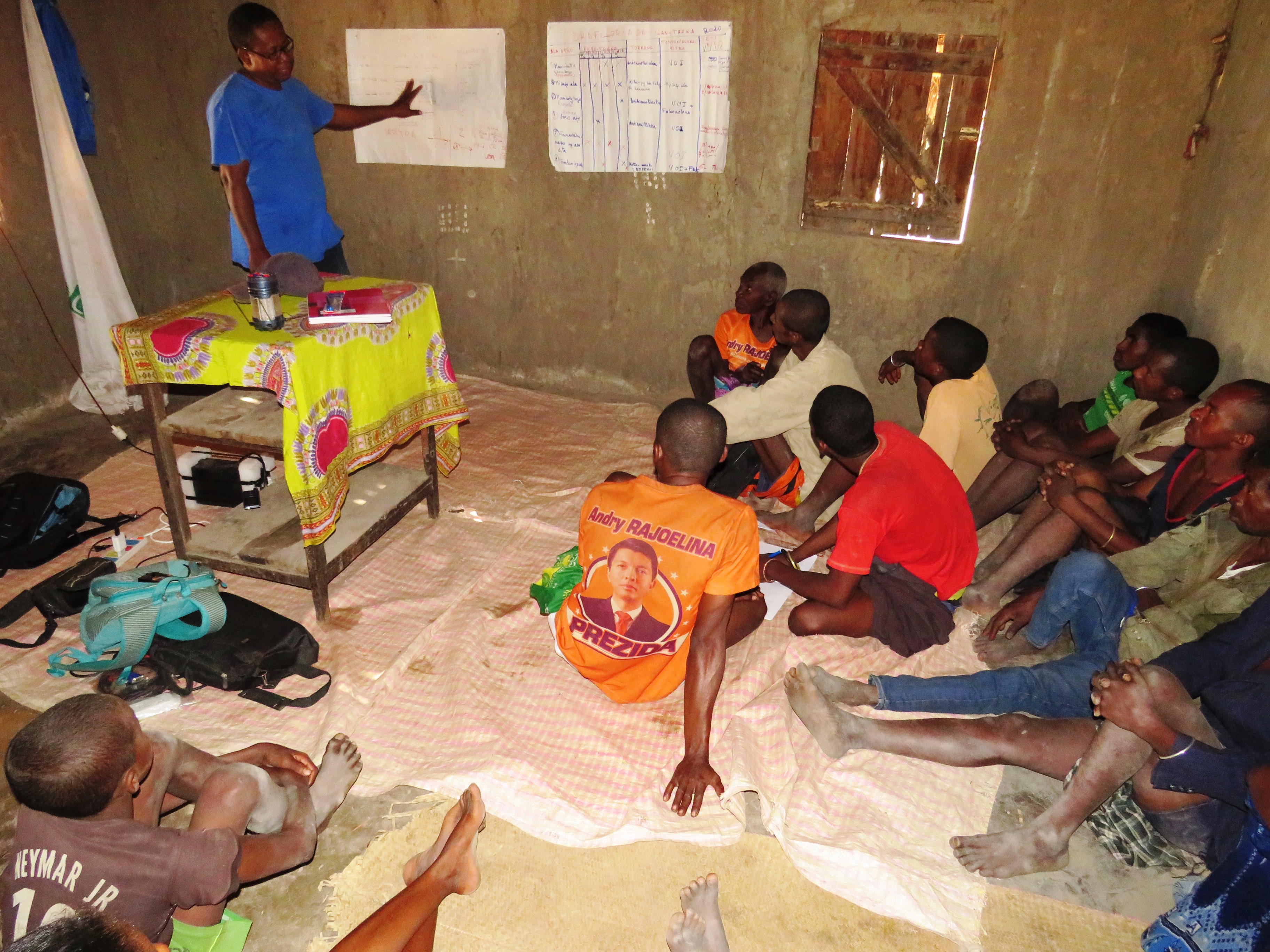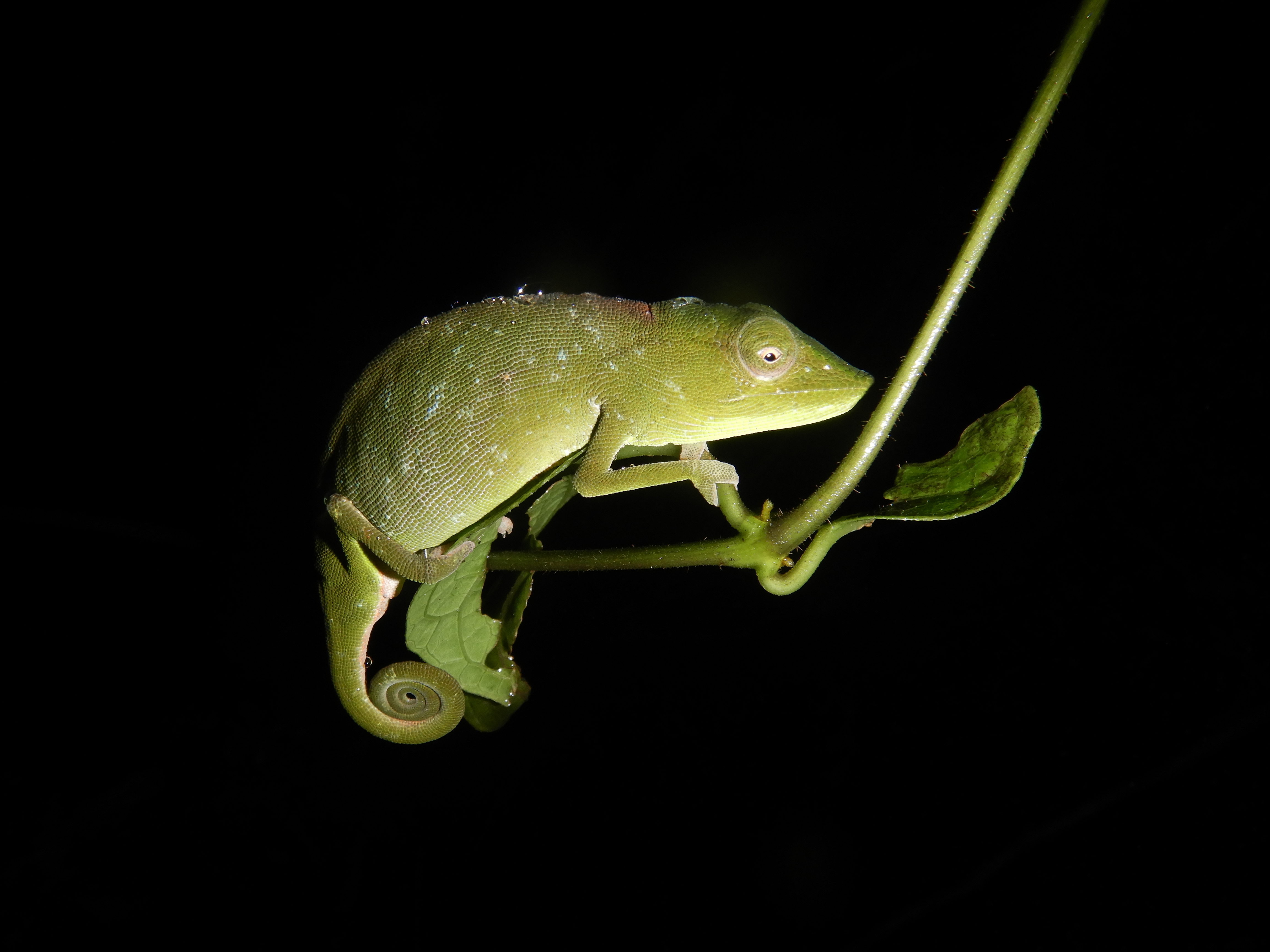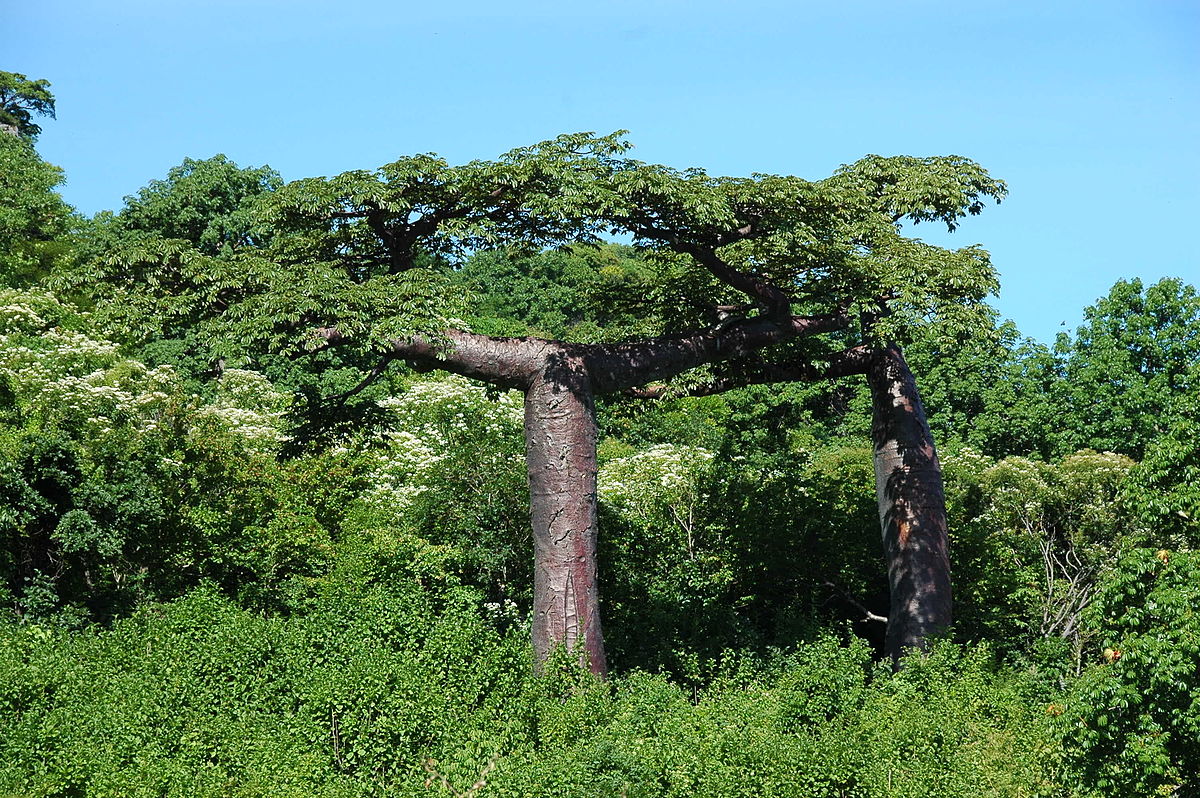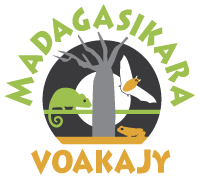Patrouille collective entre les communautés, Madagasikara Voakajy et les autorités locales dans l’Aire Protégée Mangabe-Ranomena-Sahasarotra
La vision pour Mangabe est que « les ressources naturelles de Mangabe sont conservées et utilisées durablement pour le bénéfice des communautés locales ». Deux principaux défis sont à relever pour avancer vers cette vision : (i) réduire les pressions directes par l’homme sur la biodiversité par l’amélioration de leurs conditions de vie, et (ii) accroître les valeurs culturelles, économiques, sociales et d’existence des ressources naturelles pour inspirer à leurs conservation et utilisation durable.
Dans le cadre de la conservation et de la gestion durable des ressources naturelles au sein de l’Aire Protégée (AP) Mangabe (District Moramanga, Région Alaotra-Mangoro), la gestion des pressions fait partie des activités intégrantes et une des obligations dans la gestion d’une aire protégée. Elle permet de surveiller, répertorier et de rapporter les diverses cas de pressions qui se manifestent dans l’AP, afin d’élaborer des stratégies et de les réaliser pour atténuer ou même de stopper ces cas de pressions. En cette période de crise sanitaire due au Covid-19 avec ses impacts sur la gestion des AP, la probabilité de l’augmentation de la fréquence des pressions et menaces dans les aires protégées est considérablement élevée, car les personnes malfaisantes peuvent profiter de la situation suite aux diverses restrictions.
